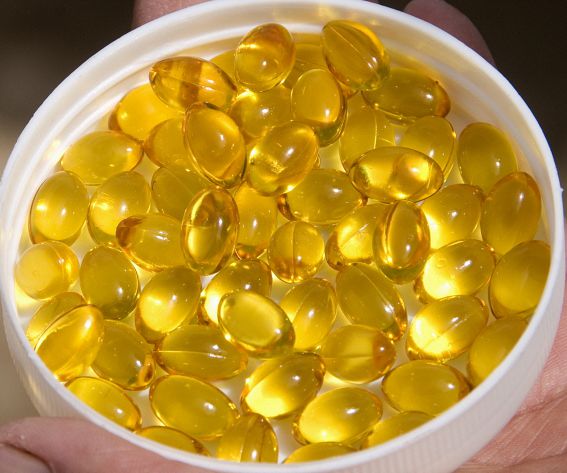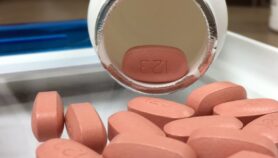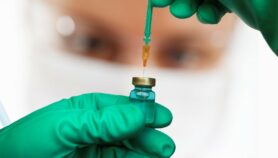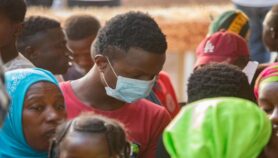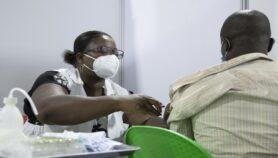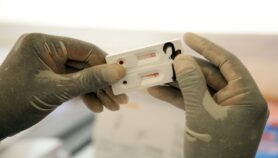By: Laura Owings
Send to a friend
The details you provide on this page will not be used to send unsolicited email, and will not be sold to a 3rd party. See privacy policy.
[CAPE TOWN] Vitamin D supplementation may improve the ability of the body to fight diseases, including HIV, in African regions with seasonal exposure to the sun’s ultraviolet B rays or UVB, according to a new study.
Researchers from South Africa, United Kingdom and the United States say that although vitamin D status could influence health outcomes, studies on how it could protect or worsen HIV are lacking.
According to the study published on in the journal Proceedings of the National Academy of Sciences (PNAS) last month (30 June), vitamin D supplementation may lessen HIV replication, increase white blood cells and reverse winter-associated anaemia.
“More research needs to be done to ensure that vitamins will have an impact on HIV, and that patients don’t misinterpret them as treatment.”
Marcus Low, Treatment Access Campaign
“Vitamin D may be a simple, cost-effective intervention, particularly in resource-poor settings, to reduce HIV-1 risk and disease progression,” the study says.
Using blood samples, researchers examined seasonal vitamin D levels among 100 healthy individuals from Cape Town’s Xhosa and Cape Mixed communities in South Africa. Results showed that 64 per cent Xhosa and 70 per cent Cape Mixed participants exhibited deficiency in the winter. Rates were greatest for females in both groups.
“With these results, and vitamin D's known impact on the immune system, we wanted to see if supplementation could have an effect on how cells responded to HIV infection,” says Anna Coussens, postdoctoral research fellow at the South Africa-based and one of the study’s authors.
Over six million South Africans were infected with HIV in 2012, according to the country's Human Sciences Research Council. Among those black Africans, including Xhosa, had the highest rates followed by the Cape Mixed or coloured population.
Researchers took winter and summer blood samples from both groups between February and August 2013 in Khayelitsha, South Africa and exposed them in vitro (in test tubes) to HIV.
After giving each of 30 Xhosa participants weekly dose of 50,000 IU of cholecalciferol (a type of vitamin D) for six weeks during the winter, samples showed a decrease in infection that was at par with that exhibited in summer samples. They also showed an increase in white blood cells, and decreased risk of anaemia.
“In South Africa, where we have a high incidence of HIV, and we know infection and ARVs [antiretroviral medicines] can cause vitamin deficiencies, supplementing could be an affordable and effective adjunct therapy,” says Coussens says.
Supplementation could also have applications elsewhere in Africa. “It could be beneficial in Tanzania, where studies have shown vitamin deficiencies,” says Coussens. “And to those living in countries close to the equator where the rainy season affects sun exposure.”
“Because we have a legacy of AIDS denialism, it’s very important that we ensure our public healthcare policy is shaped by solid evidence and best practices,” Low says.
“More research needs to be done to ensure that vitamins will have an impact on HIV, and that patients don’t misinterpret them as treatment.”
This article has been produced by SciDev.Net's Sub-Saharan Africa desk.
References
Anna K. Coussens and others High-dose vitamin D3 reduces deficiency caused by low UVB exposure and limits HIV-1 replication in urban Southern Africans (Proceedings of the National Academy of Sciences [PNAS], 30 June 2015)


